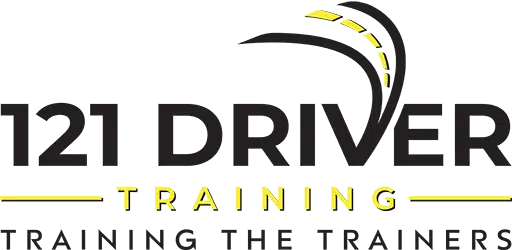As a driving instructor, effective communication is one of the most crucial skills to possess to excel in your profession and promote your students’ success. Clear, concise, and engaging communication not only ensures that your students understand complex concepts and driving techniques but also fosters an environment of trust, openness, and support that underpins the learning process. However, it is important to recognise that not all students learn the same way, and adapting your communication style can be the key to unlocking their potential.
At 121 Driver Training, a TfNSW and ASQA-approved Registered Training Organisation, we believe that exceptional communication is at the heart of exceptional instruction. Our Driving Instructor Courses are designed with this in mind, providing comprehensive training in communication techniques and strategies to ensure our instructors are equipped with the tools they need to excel.
In this blog post, we will discuss the significance of effective communication in driver education and share valuable tips and techniques from the expert educators at 121 Driver Training. By mastering the art of communication and understanding the needs of diverse learners, you can enhance your teaching, create meaningful learning experiences, and ultimately prepare your students for a lifetime of safe and responsible driving.
The Importance of Effective Communication in Driver Education: Tips and Techniques from 121 Driver Training
Following the introduction, this blog article will delve into the various aspects of effective communication in driver education and share tips and techniques from experienced educators at 121 Driver Training. By honing your communication skills and adapting your teaching style to the needs of diverse learners, you can create a supportive, engaging learning environment that empowers your students to succeed.
1. Adapting Your Teaching Style to Diverse Learners
Every student has unique learning preferences, strengths, and challenges. Acknowledging these differences and adapting your teaching style to accommodate diverse learners is crucial to the success of your instruction. Consider these strategies:
– Identifying individual learning styles: Be mindful of whether your students learn best through visual, auditory, or kinesthetic means. Tailor your teaching methods to cater to their preferences, incorporating various learning materials, such as images, audio recordings, and hands-on activities.
– Practicing active listening: Give your students the opportunity to express their thoughts and concerns while remaining attentive and open-minded. Active listening fosters trust and encourages students to participate actively in their learning.
– Offering personalised feedback: Provide specific, constructive feedback to each student, highlighting their strengths, identifying areas for improvement, and recommending personalised strategies to work on.
2. Employing Clear and Concise Language
In driving instruction, it is vital to convey complex information and techniques in a manner that is easy to understand for learners at various stages of their driving journey. Employ clear and concise language by:
– Avoiding jargon: Use simple, everyday language when explaining concepts, and define any technical terms or industry-specific lingo to ensure clarity and understanding.
– Concentrating on one concept at a time: Breaking down information into easily digestible portions helps students retain and process the material more effectively.
– Repeating and rephrasing when necessary: Offer students multiple opportunities to grasp essential concepts by reiterating important points and presenting them in different ways.
3. Demonstrating Empathy and Patience
Driving can be an intimidating experience for many learners, and having a patient, understanding instructor can make all the difference. Cultivate an empathetic, supportive environment in your lessons by:
– Acknowledging student emotions: Recognise and validate your students’ feelings, remembering that nervousness and frustration are normal aspects of the learning process.
– Reinforcing positive experiences: Offer praise and encouragement for their achievements, helping to build confidence and motivation.
– Showing patience: Allow students to progress at their own pace, providing gentle guidance and reassurance when they face challenges or setbacks.
4. Utilising Nonverbal Communication Techniques
Nonverbal communication plays a significant role in conveying important messages and creating connections with your students. Enhance your nonverbal communication skills with these tips:
– Maintaining eye contact: Establish and maintain eye contact when speaking to your students, demonstrating that you are attentive, engaged, and genuinely interested in their learning experience.
– Employing facial expressions and gestures: Use facial expressions and hand movements to convey enthusiasm, understanding, and encouragement that may resonate with the students.
– Monitoring body language: Be aware of your body language, such as posture and personal space, to ensure that you are approachable, open, and confident.
Conclusion
Effective communication is an essential aspect of successful driver education, enabling instructors to create supportive, engaging learning environments that empower students to achieve their full potential on the road. By adapting your teaching style to diverse learners, employing clear and concise language, demonstrating empathy and patience, and utilising nonverbal communication techniques, you will not only enrich the learning experience for your students but also provide them with the tools and guidance they need to become confident, safe drivers.
At 121 Driver Training, we are committed to providing an exceptional standard of driver education, including a strong emphasis on effective communication strategies. Trust in our Driving Instructor Courses to equip you with the expertise, tools, and resources necessary to excel in your profession and make a lasting impact on the lives of your students.
Embrace the power of exceptional communication and step into a rewarding, fulfilling career as a driving instructor, making a genuine difference in the world of driver education. Visit our website today to explore our driving instructor course in Sydney.




